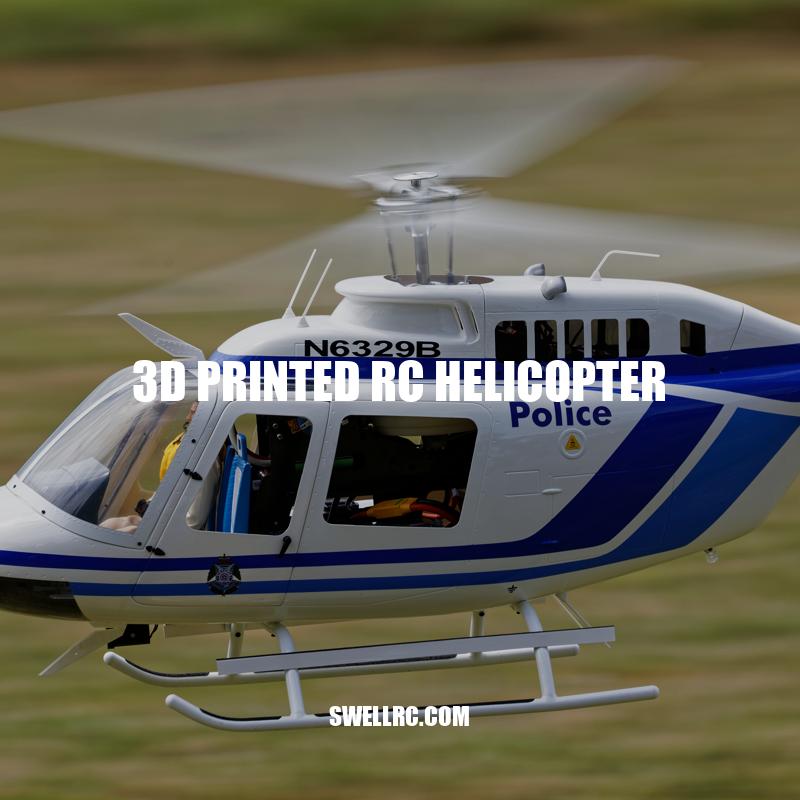3D Printed RC Helicopter: Design, Benefits, and Challenges
3D printing has revolutionized the world of manufacturing in recent years, allowing for greater customization and faster prototyping of products. One area where this technology has made a significant impact is in the field of remote control (RC) helicopters. By 3D printing parts for RC helicopters, hobbyists and enthusiasts can create more customized designs at a lower cost and with faster turnaround times than traditional manufacturing methods. In this article, we will explore the benefits, materials used, design considerations, examples, and challenges of 3D printed RC helicopters.
3D Printing and RC Helicopters: Benefits and Advantages
One of the main benefits of 3D printing in RC helicopter manufacturing is the ability to customize and modify parts with greater ease. Some of the advantages of 3D printing for RC helicopter include but are not limited to:
– The ability to create unique designs that would otherwise be impossible using traditional manufacturing techniques.
– A significant reduction in the production cost as the process is less labor-intensive and requires less equipment.
– The opportunity to modify and fix existing designs much quicker, which helps to reduce production times.
Many websites and online communities specialize in providing ready-to-print templates for hobbyists. These websites make it easy for people with access to 3D printers to create their designs at much lower costs.
For example, Thingiverse is a popular website where users can access a wide range of 3D printable RC helicopter designs. These templates are available for download at no cost and can be modified to meet specific needs.
Another advantage of 3D printing in RC helicopter manufacturing is the ability to create customized parts quickly. Hobbyists can easily design and print their components, significantly reducing production times. Plus, this allows for faster prototyping and design iterations, which means users can experiment with different designs.
Overall, 3D printing provides a more accessible and cost-effective way to manufacture RC helicopters. With readily available templates and the ability to create customized parts, hobbyists can enjoy a more fulfilling and personalized experience.
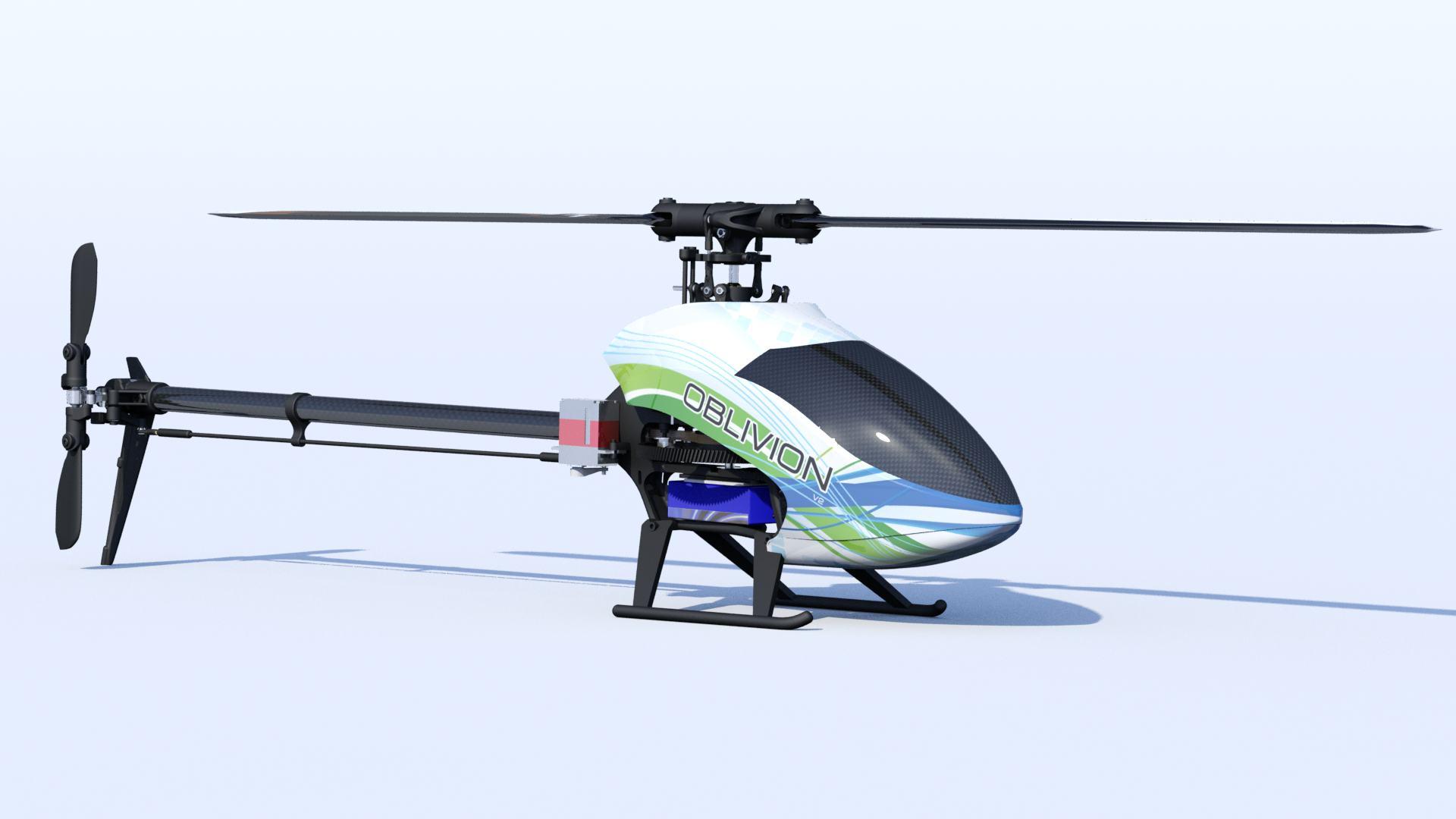
What websites offer ready-to-print 3D templates for RC helicopter enthusiasts?
Thingiverse and MyMiniFactory are two websites that offer ready-to-print 3D templates for RC helicopter enthusiasts.
Suitable 3D Printing Materials for RC Helicopter Parts
Various materials are used in 3D printing, each with its unique properties that make it suitable for different applications. The following materials are commonly used in 3D printed RC helicopter structures:
| Material | Properties | Possible disadvantages |
|---|---|---|
| PLA | Biodegradable, Non-toxic, easy to print | Can be brittle, not suitable for high-temperature applications |
| ABS | Durable, flexible, Tamper-resistant | Not biodegradable, emits fumes during printing, Prone to warping |
| Nylon | Durable, resistant to wear and impact | Low accuracy, requires a heated bed to prevent warping, expensive |
Choosing the right material for 3D printing requires careful consideration of properties such as weight, flexibility, strength, and durability. Some websites and e-commerce platforms offer a wide range of materials suitable for various 3D printing applications, including creating RC helicopter parts.
Websites and e-commerce platforms such as Matterhackers, 3dxtech, and 3dprintersonlinestore offer a wide range of materials suitable for various 3D printing applications, including creating RC helicopter parts. It is important to choose high-quality materials that meet the specific requirements of the RC helicopter being built.
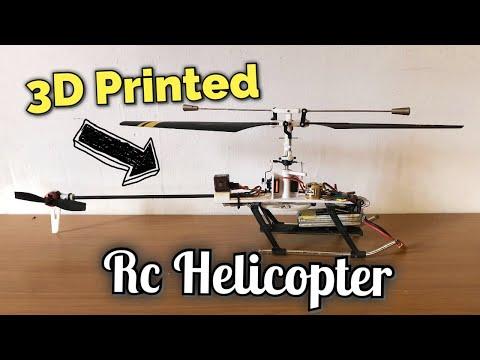
What are some websites and e-commerce platforms that offer a wide range of materials suitable for 3D printing RC helicopter parts?
Some websites and e-commerce platforms that offer a wide range of materials suitable for 3D printing RC helicopter parts are Shapeways, Sculpteo, and Proto Labs.
Key considerations for 3D printed RC helicopter parts
When designing RC helicopter parts for 3D printing, certain considerations need to be taken into account to ensure optimal performance. Here are some design considerations for 3D printed RC helicopter parts:
- Weight distribution: Designs should aim to distribute weight evenly across different parts of the helicopter to enhance stability and balance.
- Balance: Balance is critical in ensuring smooth flight operations. Parts should be designed with balance in mind and positioned appropriately.
- Construction strength: Parts should be designed to withstand the stresses and forces usually encountered during flight operations. Thickening key areas and utilizing structures such as trusses can enhance strength and durability.
An increasing number of e-commerce platforms and websites offer tutorials and resources on designing and printing 3D RC helicopter parts. These resources can help users optimize their designs and create high-quality parts that are fit for their intended purposes. Some popular 3D printing brands that offer RC helicopter parts include MAKEX and Thingiverse.
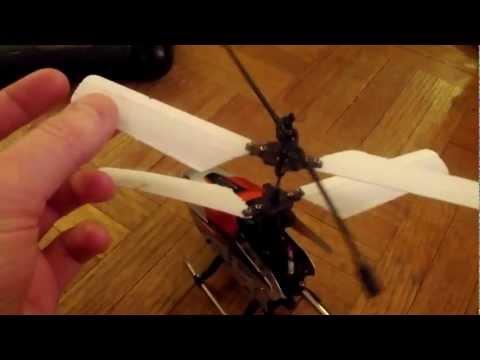
What e-commerce platforms and websites offer tutorials and resources on designing and printing 3D RC helicopter parts?
Some e-commerce platforms and websites that offer tutorials and resources on designing and printing 3D RC helicopter parts include Thingiverse, Tinkercad, Shapeways, and 3D Hubs.
Unique and Customizable: Explore the World of 3D Printed RC Helicopter Designs
3D printing technology has enabled the creation of a wide range of unique and innovative RC helicopter designs that may not have been feasible with traditional manufacturing methods. Here are some examples of 3D printed RC helicopter designs:
- Multi-rotor designs: With 3D printing, it is possible to create multi-rotor helicopters such as quadcopters, hexacopters, and octocopters, each with unique configurations and features.
- Full-scale models: Using 3D printing, enthusiasts can create RC helicopter models based on full-scale helicopter designs, allowing for more realistic and accurate representations.
- Customizable models: 3D printing also allows for greater customization of RC helicopter designs. Enthusiasts can customize design specifications to match their preferences, such as rotor blade sizes, shapes, and styles.
Several companies and websites offer 3D printed RC helicopter models and designs for users to explore. These models come in various shapes and sizes, catering to users of different skill levels and preferences. Some websites even offer downloadable designs that users can print on their own 3D printers or have printed and shipped to their location.
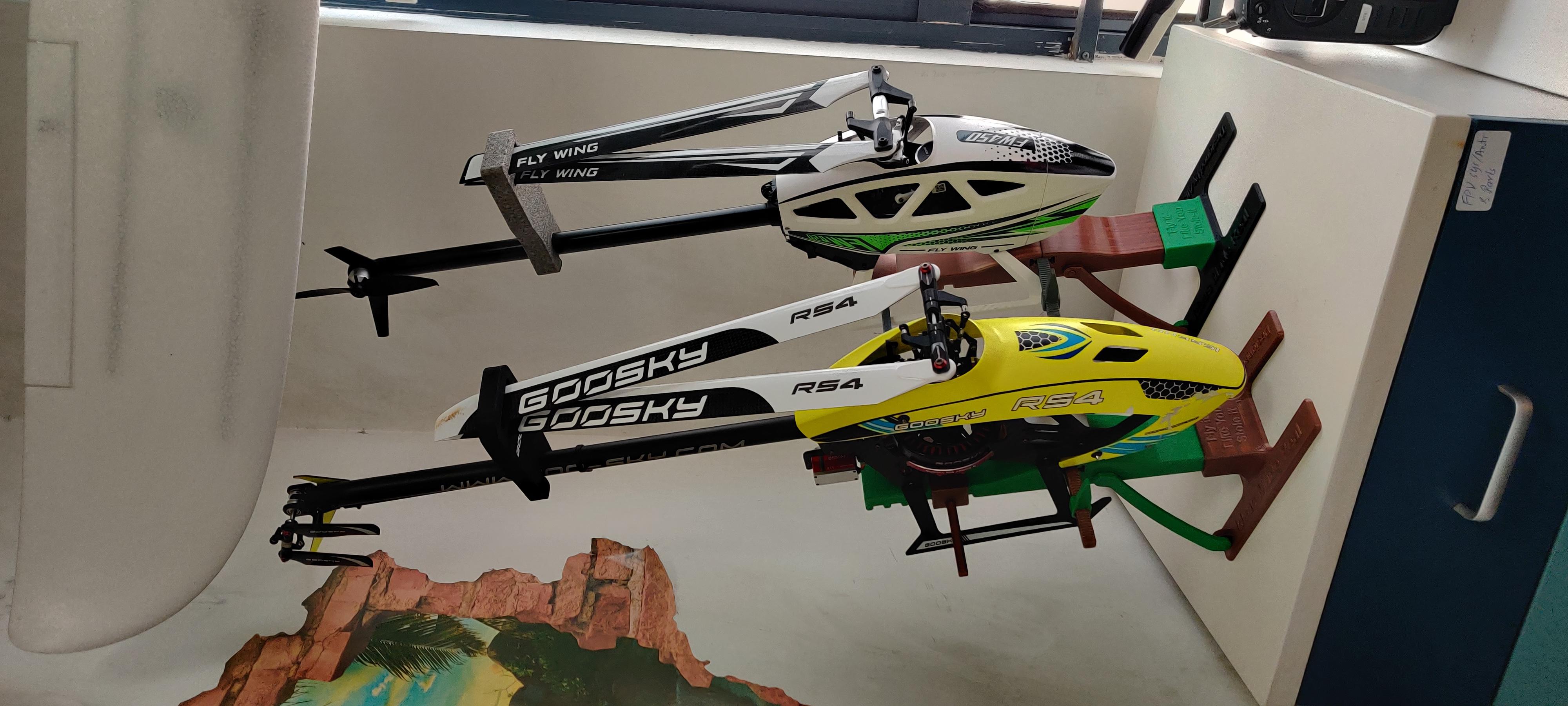
What are some examples of customizable RC helicopter designs made possible through 3D printing?
Some examples of customizable RC helicopter designs made possible through 3D printing are personalized components such as rotor blades, landing gear, and frames. 3D printing allows for unique designs and modifications to be easily produced, making it possible for enthusiasts to create their own custom RC helicopters.
Challenges of 3D Printed RC Helicopters
While 3D printing has opened up new possibilities for RC helicopter enthusiasts, there are some challenges associated with using 3D printing technology for building RC helicopters. Here are some of the challenges associated with building RC helicopters using 3D printed parts:
- Quality control issues: 3D printed parts may not always meet specific quality control standards, leading to variations in their strength and integrity.
- Structural weaknesses: The structural integrity of 3D printed parts can sometimes be weaker than parts made through traditional manufacturing methods, making them susceptible to failure or breakage.
- Risk of component failures: 3D printed parts may have hidden defects that can lead to component failures. RC helicopter enthusiasts should take extra precautions when designing and testing 3D printed parts for their helicopters.
Despite these challenges, enthusiasts continue to explore 3D printing technology for building RC helicopters. As the technology improves and becomes more widely adopted, it is likely that some of these challenges will be addressed in due course. However, it is important for enthusiasts to weigh the pros and cons of 3D printing technology before using it to build RC helicopters.
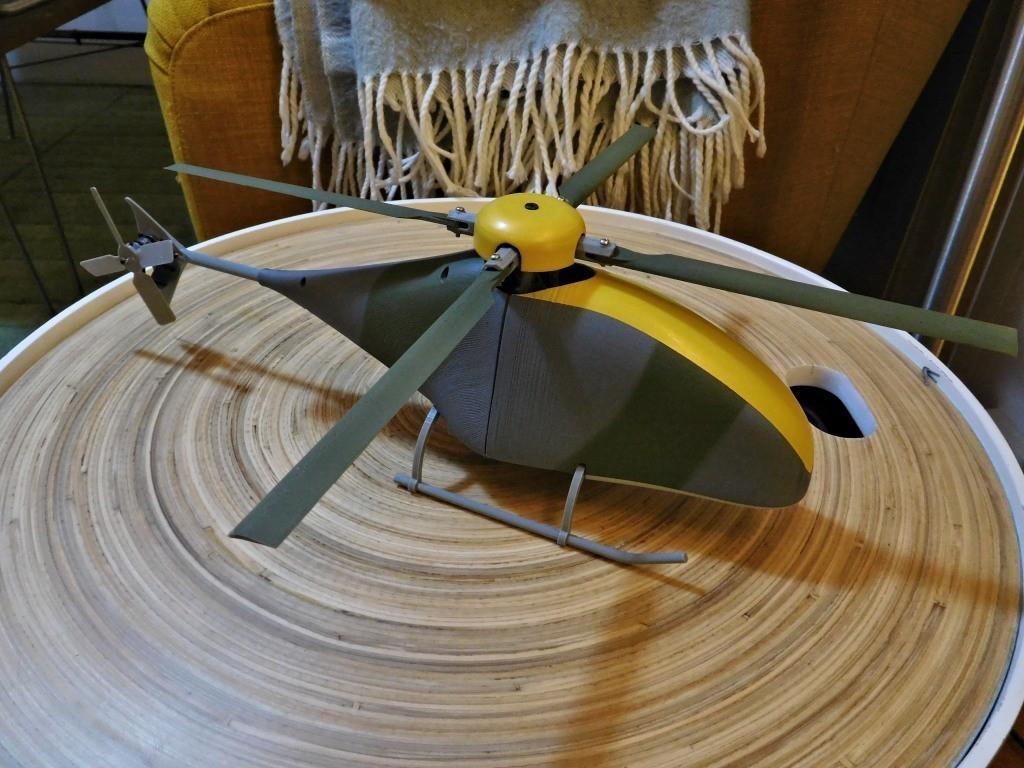
What precautions should RC helicopter enthusiasts take when designing and testing 3D printed parts?
RC helicopter enthusiasts should pay attention to the quality of their 3D printing materials, use support structures when necessary, perform stress tests, and ensure proper balance and weight distribution when designing and testing 3D printed parts.
Conclusion
In conclusion, 3D printing technology has opened up new possibilities for RC helicopter enthusiasts. With the ability to create highly customized and intricate parts, enthusiasts can design and build RC helicopters that are unique and well-suited to their needs. While there are still some challenges associated with using 3D printing technology for building RC helicopters, the benefits far outweigh the risks for those willing to put in the effort and time. Through constant experimentation and refinement, it is possible to build highly functional and innovative RC helicopters using 3D printed parts.
Furthermore, there are various online communities that offer support and advice for those interested in building RC helicopters using 3D printing technology. These communities can be a great resource for enthusiasts looking to learn from experienced designers and builders, as well as for finding resources and inspiration for their own designs.
In the future, we can expect to see even more advanced 3D printing technologies that will allow for greater precision and versatility when building RC helicopters. As the technology evolves, it is likely that the challenges associated with using 3D printed parts for RC helicopters will become increasingly overcome.
Overall, 3D printed RC helicopters represent an exciting development in the world of RC aviation, and it will be interesting to see how the technology continues to advance in the years to come.

